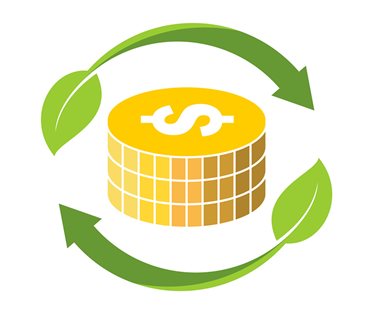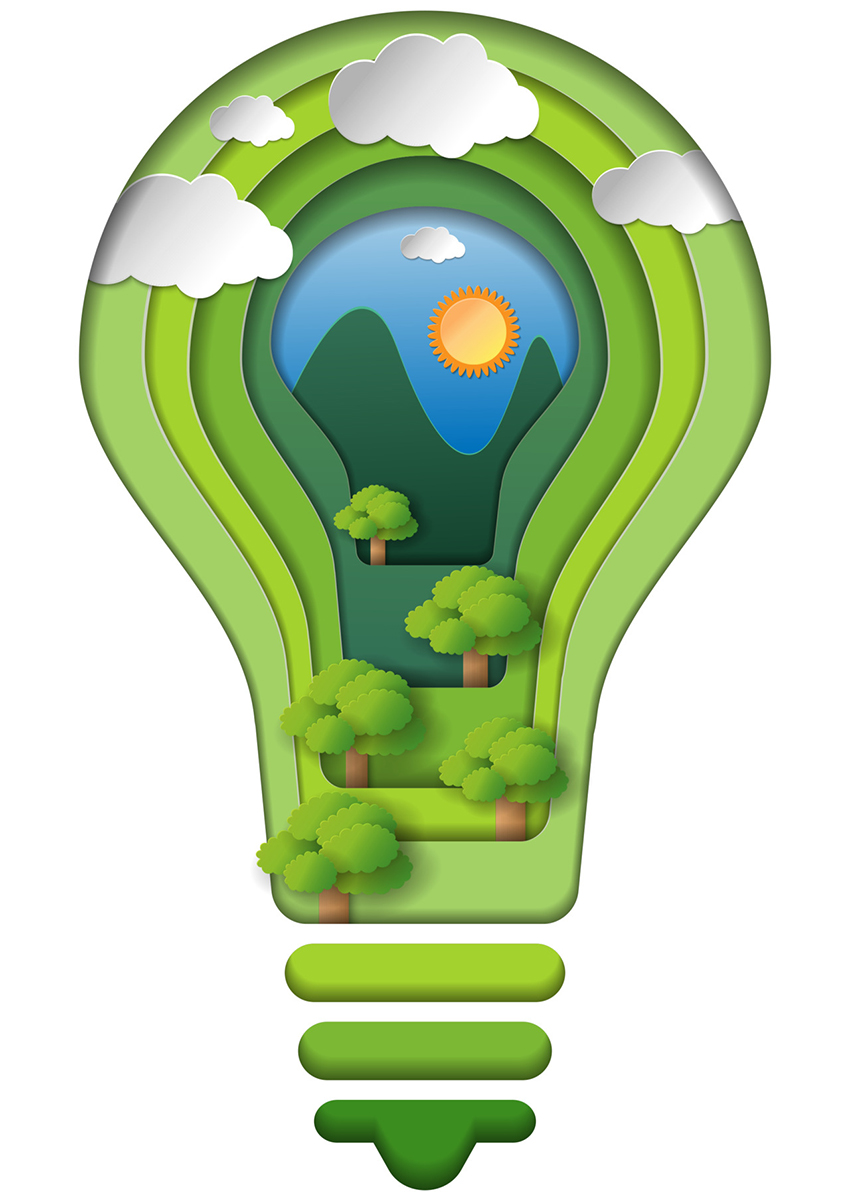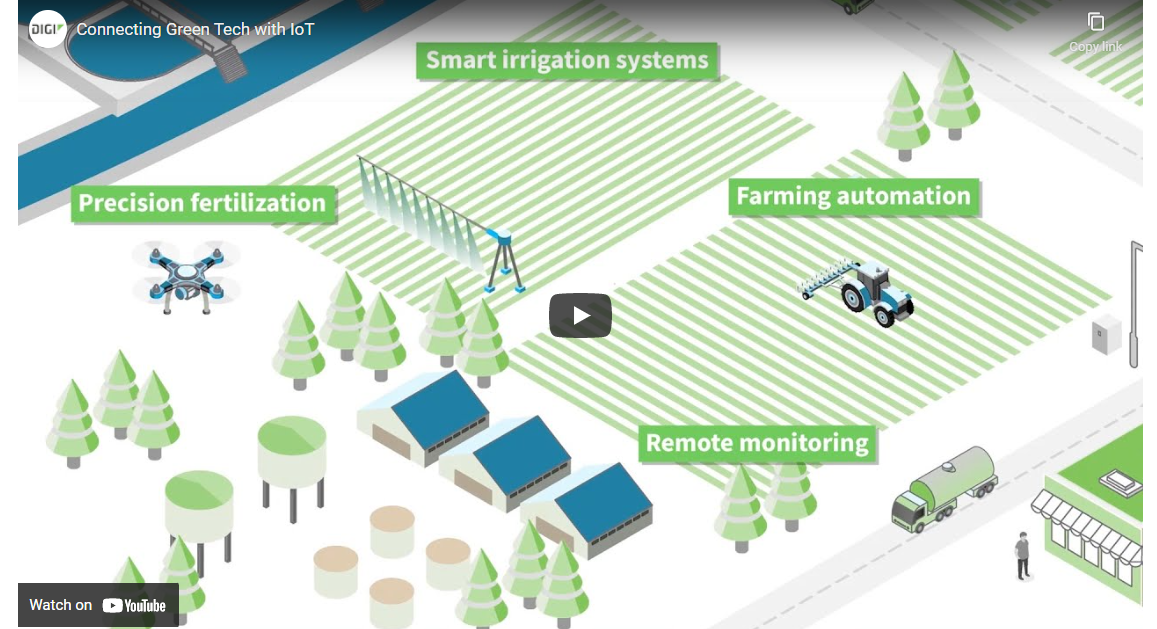Sustainability has never been more of a priority in business planning, management and operations — or more likely to reap measurable results. Yes, there is the imperative to reduce carbon footprint and our impact on the environment. And in many regions there are related government regulations and green incentives as well. But in addition, the ways in which IoT and connectivity can improve business efficiency and reduce costs mean that investing in
green technology is not just the right thing to do; it makes good business sense as well.
That said, you may have questions about the ROI of green technology and
clean tech investments.
When and how should your business invest in green tech and more sustainable practices to meet your organization’s unique needs? Will that investment pay off in terms of metrics such as efficiency and cost-savings, competitive differentiation, customer loyalty, investor relations and business growth? In this blog post, we’ll discuss some of the most significant green trends influencing modern business practices, as well as the numerous benefits of investing in technology-driven sustainability for your organization.
Green Trends in Business: What Are They?

Modern businesses have both external and internal pressures motivating decision makers to adopt and develop green technologies. At the same time, industry-wide green trends are also swaying customer expectations and market demands for responsible ecological practices in B2C and B2B organizations alike.
As a result, sustainability and green technology have become essential differentiators. To stay competitive, and for public companies to lure investors, today organizations need to develop strategies that embrace the innovations that have come out of green trends in business, such as:
- Energy consumption management: Industries like manufacturing, construction, mining and agriculture are reconsidering their often high levels of energy consumption. Modern businesses are adopting distributed smart grid and energy monitoring solutions that allow them to easily gather data on their energy usage and find ways to minimize their environmental impact and ultimately cut costs.
- Renewable energy: One of the most prevalent trends in green technology is the push toward adopting renewable energy and the smart grid. Businesses want to power machinery, entire facilities and even whole transportation fleets using renewable sources like solar, hydropower, biomass and wind. This trend spans geographies and industries — in fact, renewables accounted for 90% of power capacity expansions in 2021 worldwide.
- Sustainable automation: Sustainable automation has become a widespread priority across commercial and public transportation, as well as manufacturing. Organizations are gaining visibility into the type of energy sources they use, how much energy they consume and the financial and environmental consequences.
- Green transportation: From Teslas to electric and hydro-powered buses, sustainable electric vehicle technology has advanced significantly in recent years, making green transportation a much more feasible and worthwhile goal for many consumers and businesses.
- Remote connectivity and management: One of the most significant ways in which technology supports sustainability is in putting IoT to work at distributed sites across farming acreage, oil fields, industrial sites and smart cities. IoT enables environmental monitoring in remote areas, as well as the ability to gain visibility and control into any operations anywhere. The result is better management and business efficiency - such as reduced water usage - as well as the ability to prevent unnecessary service trips to remote areas and thwart environmental disasters.
Are Green Technologies Worth the Investment for Businesses?

Like any kind of organizational transformation, adopting green business practices requires leaders to consider what needs to change about their technology, processes, culture and in-house skills at the same time.
Understanding your organization’s specific needs and use cases is an essential first step to determining whether the green technologies you’re considering are worth the investment. What is green technology and its benefits, and how can you deliver the most value based on your partners’ or customers’ motivations and needs? Taking that approach can help you determine the green tech investments that would benefit your business the most.
Benefits of Green Tech Investments

The incentives to invest in green tech may start with concerns about environmental risk factors, impact on the environment, and a desire to avoid negative public relations. And it's important to note that sustainability initiatives deliver
significant environmental and public health benefits that are strong incentives on their own.
But today, enterprises and cities are also seeing the ROI of environmental practices in business. These include operational efficiency, cost savings and government incentives, as well as favorable
Environment, Social and Corporate Governance (ESG) ratings. Advancements in green technology have delivered tangible value for everything from industrial facilities to retail to supply chain management.
Strategic green tech investments give organizations access to benefits such as:
- Increased safety and productivity: Environmental pollution can create hazardous environments, especially in industrial sectors like manufacturing and construction. With green technology like environmental monitoring, businesses can quickly pinpoint and address environmental factors that affect safety, preventing malfunctioning equipment, harmful pollution and other hazards.
- Optimized resource consumption: Businesses and the supply chains they depend on are more widespread than ever, which can make it difficult to centralize resource tracking. By investing in Internet of Things (IoT)-enabled monitoring solutions, businesses can gather the data they need in real time, whether tracking fuel consumption for transportation fleets or raw material waste at an agricultural or mining site.
- Sustainable infrastructure development: The growing interest in developing smart, sustainable cities has already laid a foundation for more widespread sustainable infrastructure. As this continues, the ability to coordinate traffic, reduce emissions and respond to emergencies faster will only improve, reaping rewards that benefit everyone.
- Circular economy growth: Investing in green technology also allows businesses to scale their sustainable practices beyond their individual goals or metrics, contributing to circular economies that can prevent or eliminate waste. With increased access to timely data insights, organizations can further eliminate waste and promote resource sharing, reuse and recycling between commercial partners as well as their larger community.
Tech for a Green Future: When Is Technology Good for the Environment and Your Business?
So, what are green business practices that your organization can adopt, improve or work toward? And how will that help your company both contribute to and benefit from a more sustainable future? To effectively implement technology for a green future, organizations need to continually ask and address these questions as they progress toward more efficient, less wasteful operations.
With the right strategy, organizations can adopt solutions like
IoT-enabled green technology and
5G-enabled devices to accelerate and scale their sustainability initiatives across all areas of their business.
How Does Investing in Green Technology Save Money?
Today, technology that will help the environment can also help businesses, nonprofits and public organizations meet key goals — improving efficiency, increasing safety and reducing operating costs. Here are some examples of green technology investments that can save your business money.
Reduce Downtime with IoT-based Environmental Monitoring

With IoT devices, organizations can implement
environmental monitoring that allows them to measure and gather data from remote sites. Businesses can embed connected sensors in everything from industrial machines to irrigation systems and tanks to oil rigs and factory temperature control systems.
By deploying IoT-based solutions at remote sites, organizations can have an unprecedented level of access and insight into the state of their industrial operations. And with ever-improving edge computing capabilities, businesses can stay responsive to environmental conditions that can threaten safety, damage equipment or decrease productivity:
- Use connected devices like sensors to gather and transmit data from remote sites
- Monitor properties like temperature, moisture, air quality, soil quality, leaks and water levels
- Integrate IoT-based solutions into centralized systems to set up system shut-off or repair, improving maintenance and accelerating resolutions to unplanned downtime
Streamline Supply Chain Performance with Asset Tracking

Improving supply chain performance is another significant cost-saving benefit of adopting IoT-enabled green technology. Businesses can implement scalable IoT platforms that reliably track asset and inventory location and condition, providing real-time updates that can help prevent equipment failures, asset loss or poor supply chain management:
- Integrate GPS location capabilities into products, equipment and transportation for more accurate asset tracking and monitoring
- Improve quality control and efficiency for production lines, distribution processes and transportation routes
- Enhance predictive maintenance based on patterns identified from supply chain data collection over time
Improve Efficiency at Industrial Sites with IoT-enabled Automation

In addition to improving environmental conditions and supply chain performance, using IoT devices at remote sites also facilitates the automation of repetitive industrial operations. And with edge computing solutions, organizations can deploy artificial intelligence/machine learning (AI/ML) applications.
AI/ML applications can deliver analytics that support intelligent, responsive operational technology (OT) management that adjusts process automation in response to changing conditions at industrial sites:
- Automate recurring or complicated processes for industrial, agricultural, transportation and other use cases
- Use remote monitoring and edge computing solutions to develop intelligent automation to improve efficiency, increase safety and cut operating costs
- Minimize the long-term risk of injury, equipment failures and resource waste with autonomous vehicles, machines and mechanical processes
Learn About Digi’s Green Tech That Can Save Your Business Money

Strategizing and promoting green business practices in your organization is more than a trend or way to win a specific customer or market segment. Making an investment in green technology allows organizations to significantly reduce resource consumption, eliminate waste, and improve inefficient or unsafe operations that have costly outcomes — from worker downtime to poor public relations.
Altogether, implementing these changes with scalable, flexible technology solutions can help organizations of any size to save money while contributing to a healthier future that benefits everyone. At Digi, we value investing in a sustainable future. Explore our
green tech applications and IoT solutions to learn how you can invest in the future and save money today.